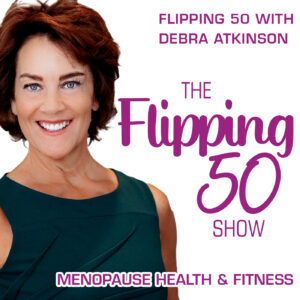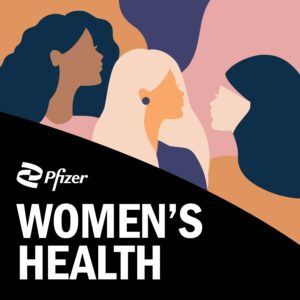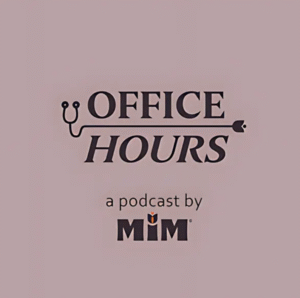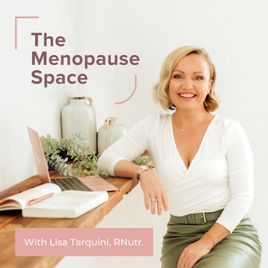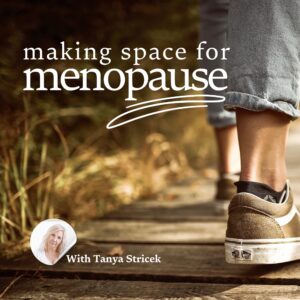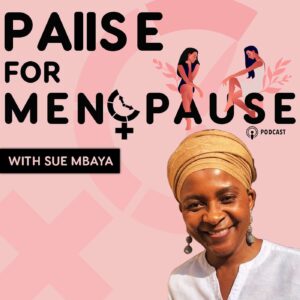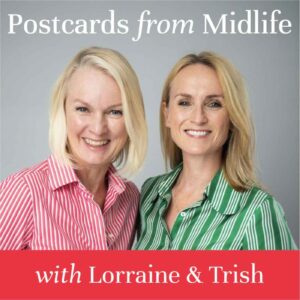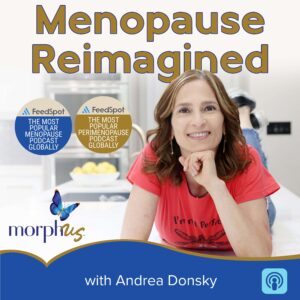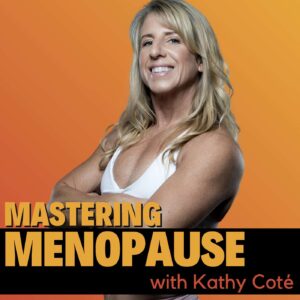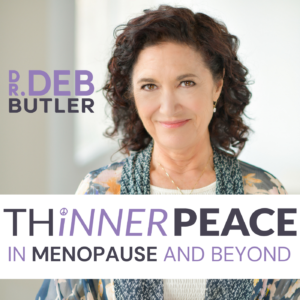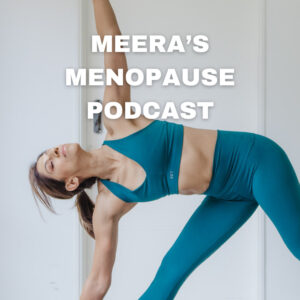About
In this episode we’re diving into all things protein recommendations for women, especially women over 40. The spoiler alert is this: RDAs are not in your best health’s interest.
In case you’ve slept through this, check out the latest episode of Dr Gabrielle Lyons with Donald Layman. It’s a long hike or two walks to be sure. But in it you’ll hear how nutritional guidelines came about.
It will make you laugh.
We have put so much stock in something that was basically, like, this sounds good or a compromise.
And… the recommendations as we well know originally came from the dairy, beef and wheat councils who have government connections.
Much of what you’ve been led to believe about animal protein and saturated fat is false. Much of what you believe about eating cholesterol causing cholesterol is false. But what you haven’t heard about protein is also keeping you from optimal health.
The only way to know for sure how you’re affected is to: measure your body composition and skeletal muscle mass. Measure fat in a percentage and measure muscle in absolute lbs or kg. Log your energy, sleep, and hormone levels.
Get the protein support you need with Flipping Fifty’s protein powders. Plus, use promo code ‘byebye’ to save 15% on items still in stock.
Disclaimer: Nothing presented here should preclude information from your own personal health practitioner, registered dietitian, or your health conditions. That said, the hope is that it gives you reason to question and challenge the information presented to you or previous beliefs about nutrition, energy, food impact on health and performance.
Key Guidelines on Protein Recommendations for Women:
Based on the International Society of Sports Nutrition (ISSN) for healthy, exercising individuals.
-
Muscle Protein Synthesis (MPS): Both resistance exercise and protein intake boost MPS. Consuming protein before or after resistance exercise enhances this effect.
-
Daily Protein Intake:
-
For muscle building and maintenance:
1.4–2.0 grams of protein, per kg body weight, per day (g/kg/d)
Example: 130 lb (59 kg) female would need 118 g of protein per day at 2.0 g/kg.
-
For improved body composition (in resistance-trained individuals):
3.0 g/kg/day may help reduce fat mass.
Example: 130 lb (59 kg) female would need 177 g of protein per day at 3.0 g/kg.
-
Per-Serving Protein Intake:Recommendations vary by age and exercise routine. Generally, 0.25 g of high-quality protein per kg of body weight, or 20–40 g per serving, is ideal.
-
-
Leucine Content:
Effective protein doses should contain 700–3000 mg of leucine and a full range of essential amino acids (EAAs).
Leucine content in proteins:
- Pea protein: 1.7 g
- Hydrolyzed beef (Paleo): 2–3 g
High proportions of essential amino acids (EAAs) and adequate leucine, are most effective in stimulating MPS.
- Protein Distribution and Timing:
- Ideally, protein intake is evenly distributed every 3–4 hours throughout the day.
- However, the anabolic effect of exercise is long-lasting, at least 24 h. Continuing protein intake throughout this period is beneficial to reduce muscle breakdown
- Animal vs. Plant Proteins:
- Animal proteins provide all EAAs at high levels.
- Most plant proteins need to be combined to meet EAA requirements, except for hemp hearts, quinoa, and (if tolerated) soy products.
Carbohydrate and Protein Recommendations for Women
Endurance Athletes:
- Ensure adequate carbohydrate intake to enhance performance.
- Adding protein can reduce muscle damage and aid recovery.
Pre & Post Menopausal Women:
- Protein Timing:
- Recent studies on men suggest timing is less important, but menopausal women benefit from more immediate post-exercise protein (40–60 g) to combat anabolic resistance.
- Carbohydrate Needs:
- Low Energy Availability (LEA) and Relative Energy Deficiency in Sport (RED-S) risks increase when energy intake is too low:
- Women: ~30–35 calories per kg of fat-free mass (FFM).
- Men: ~15 calories per kg FFM.
- Example: With 100 lbs FFM, a woman needs ~340 g of carbs/day.
- Low Energy Availability (LEA) and Relative Energy Deficiency in Sport (RED-S) risks increase when energy intake is too low:
- Risks of Low Carbohydrate Intake:
- Many women consume only 50, 100, or 150 g of carbs, which may lead to not just reduced performance but also endocrine dysfunction and low bone mass.
Your Go-To Action Plan on Protein Recommendations for Women in Midlife
- Assess Current Intake: Track total calories and protein.
- Pre- and Post-Workout Nutrition: Focus on nutrient intake before and after high-intensity strength and interval training.
- Evaluate Progress: Monitor weight, body composition (body fat and skeletal muscle).
- Identify Caloric Needs: Check if you are undereating to maintain weight—especially if it has been ongoing.
- Prioritize Lean Muscle Gain: Eating more and building muscle may be necessary before metabolism supports fat loss.
Protein Strategy for Postmenopausal Women:
- Aim for 1 g protein per lb of body weight.
- Distribute evenly at meals, targeting 30 g minimum, with 40+ g at meals and post-exercise.
- Track Results: Regularly evaluate the impact on body composition and overall health.
Resources:
Flipping50 Membership: https://www.flippingfifty.com/cafe
Protein Products: https://www.flippingfifty.com/protein
Other Episodes You Might Like:
Why HIIT May Be Failing You (and SIT) https://www.flippingfifty.com/hiit-may-be-failing-you
How to Exercise with High or Low Cortisol in Menopause: https://www.flippingfifty.com/getting-wrong-after-40
12 Strength Training Mistakes in Menopause Robbing Your Results: https://www.flippingfifty.com/12-strength-training-mistakes-in-menopause
References:
Heikura IA, Stellingwerff T, Areta JL. Low energy availability in female athletes: From the lab to the field. Eur J Sport Sci. 2022 May;22(5):709-719. doi: 10.1080/17461391.2021.1915391. Epub 2021 May 3. PMID: 33832385. https://doi.org/10.1080/17461391.2021.1915391
Jäger R, Kerksick CM, Campbell BI, Cribb PJ, Wells SD, Skwiat TM, Purpura M, Ziegenfuss TN, Ferrando AA, Arent SM, Smith-Ryan AE, Stout JR, Arciero PJ, Ormsbee MJ, Taylor LW, Wilborn CD, Kalman DS, Kreider RB, Willoughby DS, Hoffman JR, Krzykowski JL, Antonio J. International Society of Sports Nutrition Position Stand: protein and exercise. J Int Soc Sports Nutr. 2017 Jun 20;14:20. doi: 10.1186/s12970-017-0177-8. PMID: 28642676; PMCID: PMC5477153. https://doi.org/10.1186/s12970-017-0177-8
Mero AA, Huovinen H, Matintupa O, Hulmi JJ, Puurtinen R, Hohtari H, Karila TA. Moderate energy restriction with high protein diet results in healthier outcome in women. J Int Soc Sports Nutr. 2010 Jan 25;7(1):4. doi: 10.1186/1550-2783-7-4. PMID: 20205751; PMCID: PMC2822830.https://doi.org/10.1186/1550-2783-7-4
Ortinau LC, Hoertel HA, Douglas SM, Leidy HJ. Effects of high-protein vs. high- fat snacks on appetite control, satiety, and eating initiation in healthy women. Nutr J. 2014 Sep 29;13:97. doi: 10.1186/1475-2891-13-97. PMID: 25266206; PMCID: PMC4190484. https://doi.org/10.1186/1475-2891-13-97
